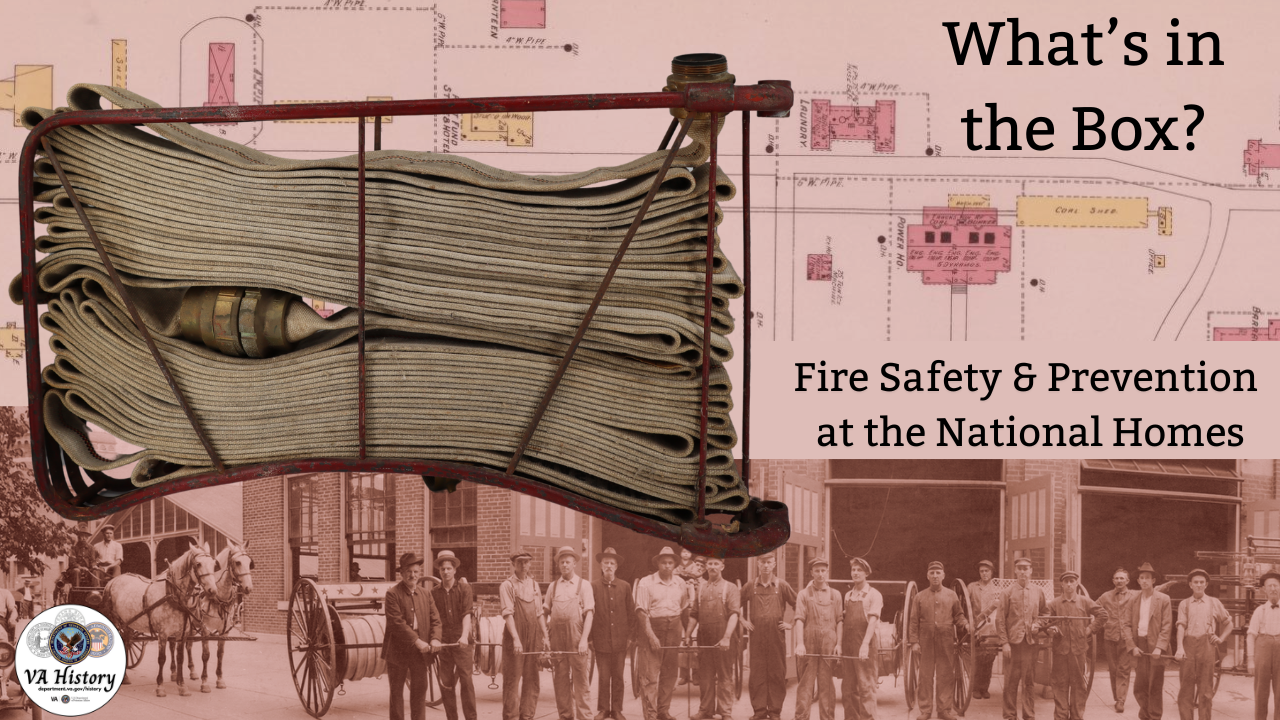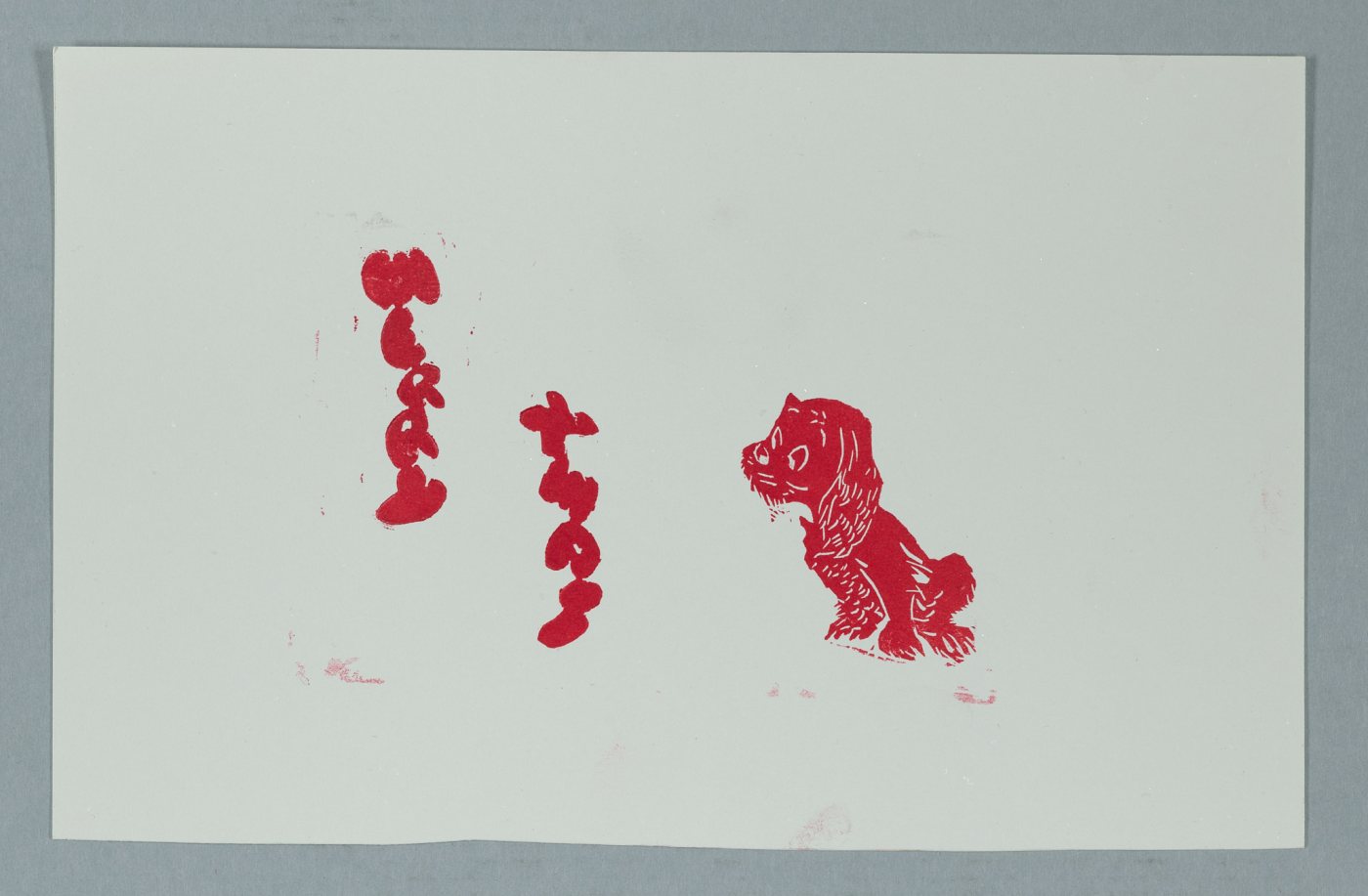The holiday and Christmas season is a time where many of us feel closest to the past. Who doesn’t get a rush of fond memories every time we unwrap a beautifully decorated present? When I started working as collection manager at the National VA History Center in Dayton, many of the artifacts were still wrapped up for protection on their move to the new facility. While unwrapping boxes from the Mountain Home VA, I found tools of a trade that few Americans today know about: letterpress printing.
It’s easy to take something like typed words for granted. But what we can do quickly on our phones or laptops once took hours. Basically, letterpress printing involves placing moveable letters known as type into an iron frame called a chase that locks the letters in place. At Mountain Home they used machines with metal plates and large rollers to spread ink over the chase. When the inked form is pressed onto paper, it prints text or images onto the page.

But what does this have to do with the holidays? When organizing the collection of printing blocks from Mountain Home, we found a linoleum block that may have been used for printing Christmas cards.
While many of the printing blocks in our collection were carved by machine, this one has marks where a Veteran carved out the shape of the puppy and the bubble letters wishing recipients a “Merry Xmas”.
Printing has a rich history in VA. As early as 1869 the Central Branch of the National Home for Disabled Volunteer Soldiers had a shop where members printed materials for National Homes across the country. Veterans in the Mountain Home print shop were printing medicine labels, newsletters, and other materials well into the 20th century.
Veterans worked in print shops for many reasons. They gained skills to prepare for civilian careers in the printing industry and helped injured or disabled Veterans to regain strength and dexterity in their hands.
Following the lead of the Veterans who printed cards and pamphlets in years gone by, we’ve partnered with the Letterpress Shop at Carillon Historical Park in Dayton, Ohio to give you an idea of what a card printed with this block would look like!
Season’s Greetings from all of us at NVAHC.
By Gage Huey
Museum Collections Manager, National VA History Center
Share this story
Related Stories

Curator Corner
The Story Behind the National Homes’ Seal
The National Home for Disabled Volunteer Soldiers turns 160 years old in 2025. The campuses are the oldest in the VA system, providing healthcare to Veterans to this day.
At the time of their establishment, they were the first of their type on this scale in the world. Within the NHDVS seal is the story that goes back 160 years ago.

Curator Corner
What’s in the Box? Fire Safety and Prevention at the National Homes
Fire safety may not be the first thing that comes to mind when thinking about Veteran care, but during the National Home for Disabled Volunteer Soldiers period (1865-1930), it was a critical concern. With campuses largely constructed of wooden-frame buildings, housing thousands of often elderly and disabled Veterans, the risk of fire was ever-present. Leaders of the National Homes were keenly aware of this danger, as reflected in their efforts to establish early fire safety protocols.
Throughout the late 19th century, the National Homes developed fire departments that were often staffed by Veteran residents, and the Central Branch in Dayton even had a steam fire engine. Maps from this era, produced by the Sanborn Map Company for fire insurance purposes, reveal detailed records of fire prevention equipment and strategies used at the Homes. These records provide us with a rare glimpse into evolving fire safety measures in the late 19th and early 20th Century, all part of a collective effort to ensure the well-being of the many Veterans living there.





